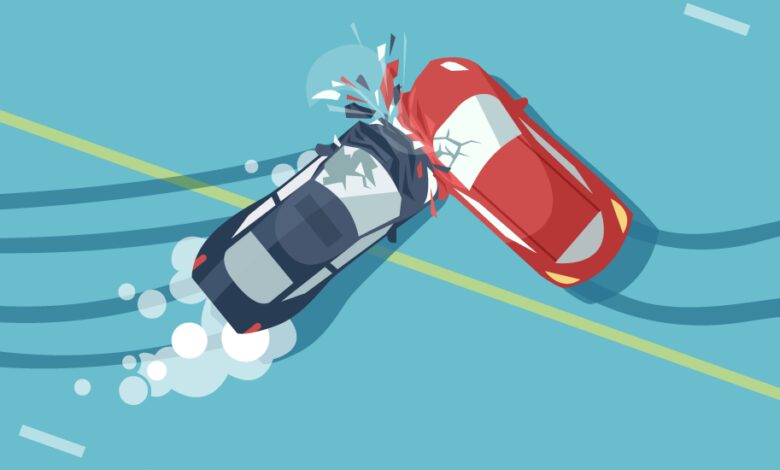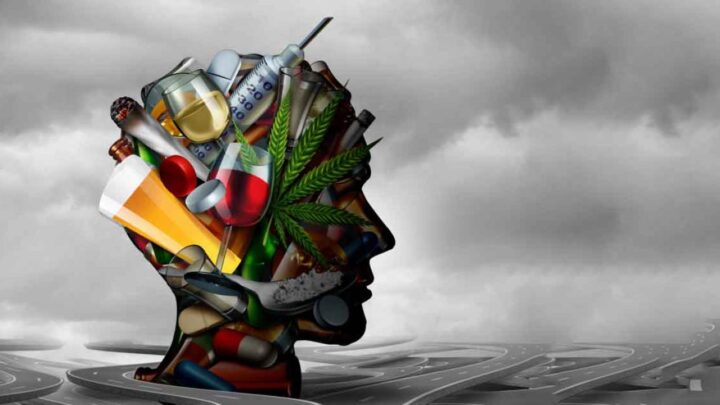Exploring the Causes of Car Accidents

More than 7 million car accidents take place in America each year based on recent reports, and they’re growing more frequent as the number of drivers on the roads increases. They’re the nation’s leading cause of deaths and injuries, surpassing common medical conditions and other dangers by far. Numerous factors contribute to the growing number of accidents, ranging from human error to mechanical issues. Take a moment to explore some of the leading causes of car accidents.
Distracted Driving

Distracted driving has taken the lead as the most prevalent reason for people being killed or injured in a car accident. Many drivers are up against numerous distractions while they’re operating vehicles. Those diversions come in several forms as well. Eating while driving is certainly one of the most common. Whether they’re fumbling for food or trying to handle a spill, eating often causes people to divert their attention away from the road and other drivers.
Technology is a major source of distractions as well. Texting, perusing social media, and talking on the phone without using a hands-free device take people’s attention away from their surroundings. Adjusting the radio, heater, or air conditioner controls can cause problems too. At the same time, people often take their hands off the wheel and their eyes off the road to work with their navigation systems, which can end badly.
It’s only fair to mention that a growing reliance on driver-assist features has also contributed to the ongoing uptick in accidents. These features are designed to help prevent accidents and keep people safer on the roadways. Though they’re effective in some regards, they’re also distracting drivers and giving people a false sense of security.
Passengers are well-known distractions too. Drivers may engage in conversations with their passengers or look away from the road to tend to their children for only a moment, but that’s all it takes to set in motion a dangerous series of irreversible events. Even seemingly mundane factors, like billboards, bumper stickers, and animals along the side of the roads can become distractions if drivers allow them to.
Driving Under the Influence

Drugs and alcohol have long been prominent factors in car accidents. Both have several effects on the brain and body that can lead to crashes. They’re known to impair people’s judgment, making it more difficult for them to gauge road and traffic conditions. In turn, they’re not able to account for them as well as they should. Drugs and alcohol can also slow people’s response times, so those who are under the influence of alcohol can’t react to sudden changes as quickly as they need to. They interfere with vision, balance, and coordination as well, all of which are essential for safe driving.
Because of all that, driving under the influence can drastically increase the likelihood of accidents. Those who do so place themselves and other drivers at an increased risk of collisions. Many people don’t realize that even relatively innocuous substances, like certain cold and allergy medicines and prescription painkillers, can have effects similar to those of drugs and alcohol. As such, driving after taking those medications isn’t recommended.
Speeding
Speed is yet another common factor in accidents. It reduces drivers’ ability to properly control their vehicles. It also increases the likelihood of losing control of a vehicle. At the same time, the faster a vehicle is going, the longer it takes to stop it. That means stopping on a dime to avoid hazards may not be possible. It gives drivers far less time to react to changes as well. On top of all that, excessive speeds tend to lead to more serious collisions that result in more severe injuries and a higher rate of death.
Reckless Driving

Reckless driving also comes into play. Speeding is a form of recklessness, but it’s only one aspect to consider here. Other irresponsible driving habits include tailgating, weaving in and out of traffic, running red lights, and ignoring stop signs. Sudden braking and hard acceleration fall into this category as well. Additionally, when drivers let frustration get the better of them or succumb to outright road rage, their risk of being involved in an accident greatly increases.
Driver Fatigue
Sleepiness and fatigue are common factors in accidents too. Tired, sleep-deprived drivers aren’t as alert as they should be. Many studies have shown that exhaustion and sleep deprivation can have the same effects on people as drugs and alcohol. Those include lack of focus, slowed reaction times, and poor judgment. That makes driving without adequate rest exceedingly dangerous. Though this problem is often associated with overworked truckers, drivers of all types of vehicles are guilty of making this potentially detrimental mistake.
Inclement Weather

Weather plays a significant role in accidents as well. Rain, snow, and fog can decrease visibility. Ice, rain, and snow make for limited traction too since they make roads slippery. Slick roads and decreased visibility increase drivers’ chances of skidding or losing control. In many cases, drivers fail to reduce their speeds and take other necessary precautions to account for those problems, which further ramps up the potential dangers. Many drivers aren’t accustomed to adverse driving conditions as well, so they don’t know how to deal with them effectively.
Mechanical Failures
In some accidents, mechanical failures are a culprit. Brake malfunctions, tire blowouts, steering issues, and engine trouble are a few of the mechanical problems that can cause accidents. Sometimes, vehicle owners are at fault in these collisions because they ignore routine maintenance needs.
In other instances, mechanics are responsible because they provide subpar services or overlook developing problems with vehicles. Parts or vehicle manufacturers may be held accountable as well. In some cases, though, no one is inherently at fault when mechanical problems arise.
Lack of Experience
Research has proven that inexperienced drivers place themselves and others at higher risk on the roads. New drivers aren’t always as familiar with the rules of the road as more experienced ones. They don’t have as much experience with driving in adverse conditions, either. Furthermore, they lack the decision-making skills necessary to deal with unexpected problems while driving.
Protecting Yourself on the Road

Numerous factors can contribute to accidents, but the most common are distracted driving, excessive speed, recklessness, fatigue, inclement weather, inadequate experience, mechanical failures, and driving under the influence. Understanding all those causes can help you be better prepared when you’re up against them. It also makes you more aware of them so you’re more likely to avoid them while driving.
